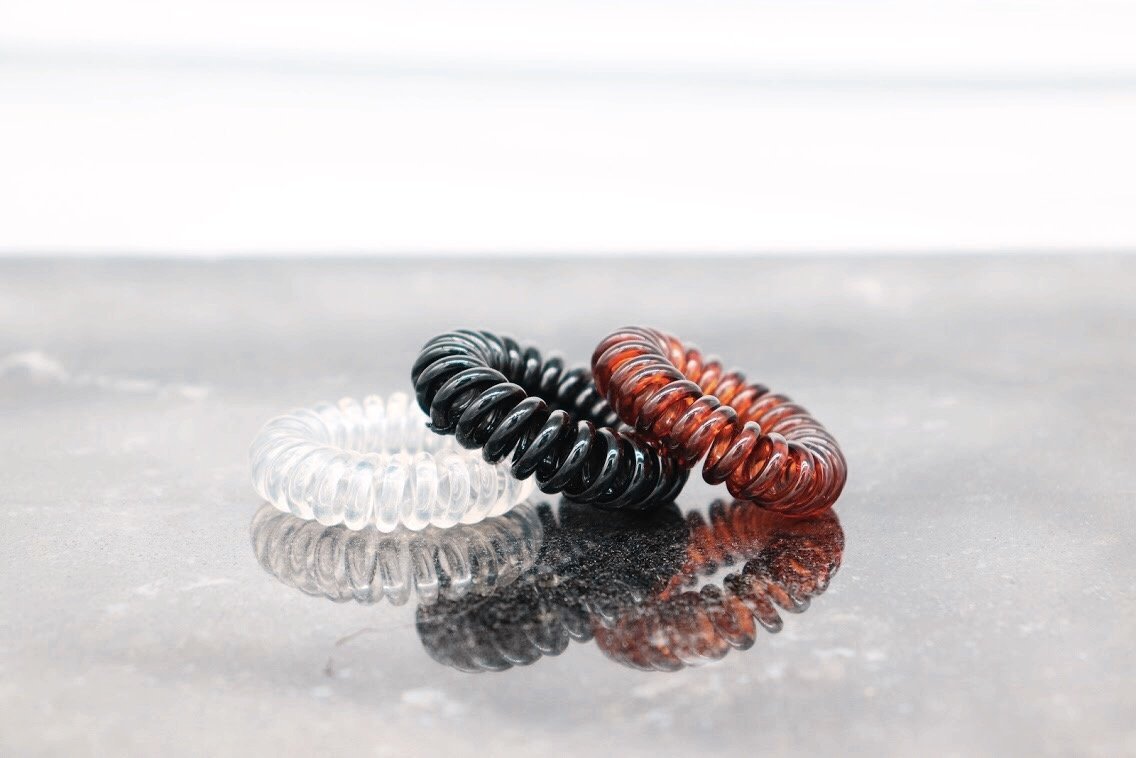Hair Breakage: Causes & Remedies
Are you discovering that your hair is more prone to breakage? Feeling that your hair is thinning? In this article, we share an excerpt from the Haircare Bible by Dr Teo Wan Lin, Dermatologist at TWL Specialist Skin & Laser Centre, to address hair breakage. We also present some easy tips and methods to avoid and counteract the common problems faced.
What is the significance of hair breakage and why is it important?
The appearance of hair plays a significant role in people’s self-perception and self-confidence about their physical appearance. Hair breakage and weathering is a common problem among women. It is often from the result of hair weathering and traumatic grooming practices. Hair breakage is often misdiagnosed as hair thinning. Hair thinning is due to female pattern hair loss or shedding due to telogen effluvium in women.
Diet and certain medical disorders do factor in to some extent with hair breakage. However, the most common cause of hair breakage is actually undesirable hair weathering and grooming practices. Hair shaft fragility can also be the result of natural aging and wear and tear due to environmental stresses such as UV radiation, saltwater and pollution.
Common hair grooming practices that cause hair breakage
- Shampooing
- Combing and brushing
- Blow-drying
- Braiding and weaving
- Adding hair extensions
- Straightening, waving and perming
- Bleaching and dyeing
- Use of hot irons
These practices would strip hair oils, causing hair cuticles to become raised and porous. This exposes the cortex to further damage, reducing hair fiber strength and elasticity, leading to fracture and hair loss.
Solution: How to reduce hair breakage?
1.Wear Hair Caps to sleep
When it comes to preventing frizz and managing the quality of your hair, it is best if the maintenance of your mane is done through the night. Sleeping six to eight hours would also mean six to eight friction-laden hours of rooting your scalp on a pillowcase, which can rough up your hairstyle, leaving you with dry, frizzy and tangled strands in the morning. This is why dermatologists recommend wrapping up your hair before you sleep as it helps to eliminate such problems, leaving you with healthier hair.
Benefits of hair caps:

New Hair Growth & Minimizing Hair Loss: Covering your hair with a sleep cap will help keep your delicate manes in the best condition. A sleep cap prevents friction against your pillow and protects emerging hair as you slumber. If you are shedding hair excessively, a sleep cap will help protect against hair loss caused by abrasion.
Prevents tangling: As we toss and turn at night, our hair can tangle, leaving you with a frizzy mess when you wake up. We therefore recommend to brush your hair before you sleep to remove the knots, and gently twist your hair up on top of your head before proceeding to wrap your hair bun with a silk scarf to prevent new hair tangles from forming. Wrapping your hair in a silk scarf also prevents breakage and avoids split ends.
Curl preservation and frizz prevention: Tossing and turning through the night can cause natural curls to frizz, leaving your hair in a tangled mess. Covering your hair can help to keep your curls intact and secure them in place.
Tip: We recommend Mulberry silk as the material of your hair cap as it is imbued with natural proteins to condition hair while sleeping, so to repair, and reduce split-ends/breakage.
2. Use the correct hair tie for your hair
Using hair ties that damage your hair can lead to breakage and split ends. Any direct damage to the hair shaft is irreversible and the only real fix is to cut it and start afresh.
What are the best hair ties for hair in general?
Elastic hair bands are a safe option as they hold all types and textures of hair in place without any damage. ‘Telephone Cord’ hair rings are compatible with all hair types as well. The grooves in hair rings come from artificial resin which allows the hair to flow freely and makes the hair rings waterproof. As such, these rings are suitable for swimming and vacation as well. Hair rings can also be re-shrunken with the use of a blow dryer if they are ever stretched-out.
Best hair ties for different hair types
For thin, straight or wavy hair? Fabric or silk elastic hair ties cause fewer split ends and breakage because of their smoother texture. They are suitable for fragile, straight, or wavy hair as they prevent tangling or tugging.
For kinky and natural hair? For curly hair, bungee-style hair elastics that come with hooks on both ends are a good choice as they are extra stretchy. This makes it easier to fit your curls into a ponytail. Bungee-style hair ties wrap around ponytails as compared to using tension like traditional hair ties. This helps to prevent uncomfortable overly-tight ponytails and ensures that your curls do not get tangled.
For processed or damaged hair? Velvet scrunchies are suitable as the soft velvet does not leave dents in weakened hair. Scrunchies slide down your hair instead of pulling it, which is much preferred as pulling hair can cause hair loss, thinning and receding hairlines.
For short hair? Polyband hair ties are suitable as they have a stronger hold which helps to hold shorter hair together in a ponytail. Their small size also allows for the use of multiple ties to hold more complicated updos.
Best hair ties for different activities
For sleeping in? Silk scrunchies and ‘Telephone Cord’ hair rings are recommended for those who want to sleep in hair ties as they leave no dents or bumps in your hair. They are also comfortable to sleep in, and are durable enough to hold any texture.
For exercise? Silicone hair elastics are designed to not slip or slide and provide long-lasting hold. The gentle hold for comfort makes them suitable for sporting activities while ensuring that your hair stays in place. Knotted ribbon elastics slide over your hair as compared to bending it back as most hair ties do. Wet hair is more fragile than dry hair and should not be stretched by tight elastics as it might cause damage. Hence, ribbon elastics are suitable for exercise as they help to bunch sweaty hair back as compared to pulling it back.
Tip: Do not tie your hair too tight! Traction from frequent braiding or a tight ponytail may cause physical injury to the hair shaft and subsequently, increased hair fragility. Traction alopecia is a condition caused primarily by pulling force being applied to the hair.
3. Avoid combing hair when wet
Wet hair is in the most vulnerable state thus easily subject to breakage. Hair should only be combed when mostly dried with a wide-toothed comb.
4. Limit heat and chemical treatments to hair
Stay away from heat and chemical treatments i.e. bleaching, rebounding, or perming your hair to reduce the weakening of hair shaft thus limiting hair breakage.












Leave a Reply
Want to join the discussion?Feel free to contribute!